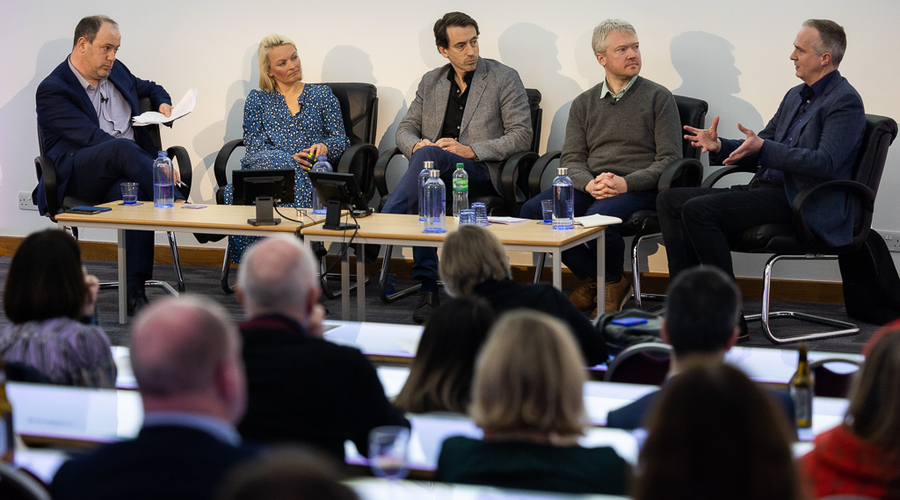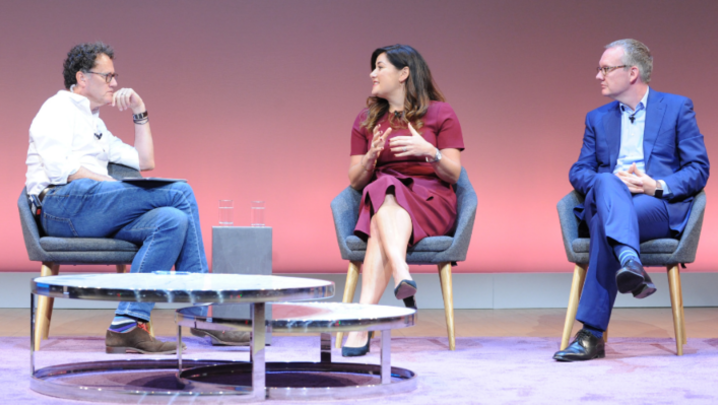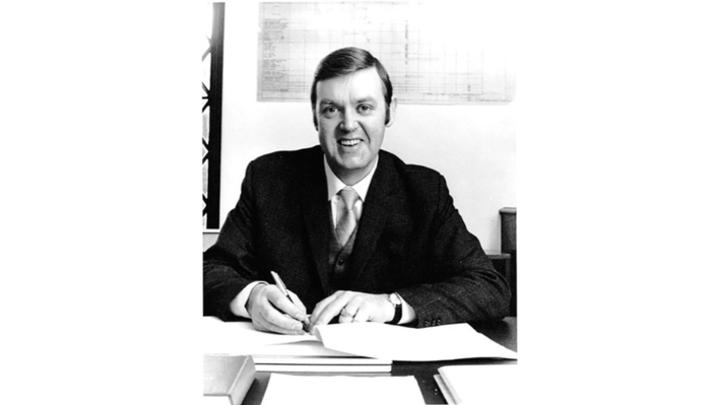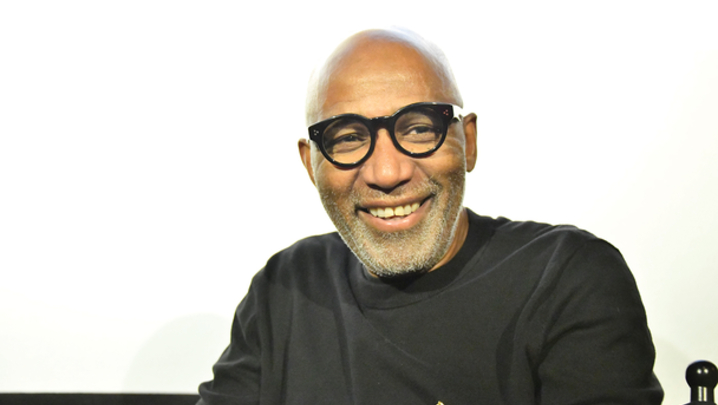The RTS learns why streaming services that carry adverts are gaining traction.
Advertising-supported on-demand TV is the coming thing. Industry insiders are convinced it is the key to maintaining subscriptions at their current high levels. Despite many viewers’ aversion to ads, the belief is that people will put up with them in return for lower monthly fees.
Broadcasters certainly think so, if recent announcements are any guide. In early March, ITV announced the launch of ITVX – a platform that integrates advertising- and subscription-funded video-on-demand (AVoD and SVoD) – to replace ITV Hub. Viewers can choose to watch content for free in an advertising-funded tier or pay for a subscription service to watch ad-free.
In the same month, Disney+ revealed that it would be introducing in late 2022 an advert-supported subscription as an alternative to its ad-free service in the US, with plans to expand internationally in 2023.
Even Netflix – previously an arch opponent of adverts – refuses to rule out adopting a lower-cost, ad-funded subscription model.
At a well-attended RTS event in central London, “Is AVoD the new SVoD?”, Katie Coteman, vice-president for advertising and partnerships at Discovery, revealed details of a new ad-supported tier for its streaming service, Discovery+, in the UK.
Coteman said: “You can either pay ‘full fat’ and get all our entertainment and sports content for £6.99 [per month] or, [for] a few ads… you can pay £3.99 and get access to our entertainment pack. We recognise that people are at their limit when it comes to the stacking of products.”
She added, during research, “three-quarter of our subscribers said that they wouldn’t mind a few ads to pay less, so we are giving them what they asked for – and converting all of our entertainment subscribers into ad-light subscribers.”
Sport, though, including Eurosport’s exhaustive coverage of cycling, tennis and the Olympics, will remain a premium SVoD product.
A member of the audience cut to the chase by asking Coteman: “Do you make more money from a £3.99 subscriber taking ads or from a £6.99 SVoD subscriber?”
She replied, with welcome honesty: “In the US, our ad-light subscribers are more valuable to us… but not everyone wants it; it’s not a one size fits all – you can’t have only an ad-light SVoD service because lots of people couldn’t think of anything worse than watching an ad.”
Dave Castell, general manager of inventory and partnerships, EMEA at media buying platform The Trade Desk, said TV was at a “crossroads”. He explained: “Brits are watching more high-quality video-on-demand than ever before…. But, at the same time, we’re seeing… subscription fatigue, so consumers are reaching a limit of how many paid subscriptions they want on the go.”
Castell added: “[We] found that about half of people wouldn’t spend more than £10 a month on streaming services, limiting them to a grand total of one subscription-funded streaming service.”
"Great TV ads can stay with you for ever and, more than that, they’re trusted"
Deloitte predicts that at least 150 million paid subscriptions to streaming video services will be cancelled worldwide this year.
But in countries such as the UK, any decline would be from an all-time high. Barb recently reported that the number of UK households with access to an SVoD service had risen above 19 million for the first time.
Castell, however, identified a positive trend for AVoD services: “Brits’ appetite for ad-funded streaming services… [has] grown – our research has found that two out of every five people would prefer a subsidised service, potentially offset by ads.”
Television, he reminded the RTS audience, “sits at the centre of almost every big campaign and team – that’s still the case in most media agencies.… Great TV ads can stay with you for ever and, more than that, they’re trusted [by viewers].”
The panel discussed the decline in audiences for traditional linear-TV and the challenges this posed for advertising, although Dan Fahy, Paramount’s SVP for streaming, UK, pointed out that “linear, for the homes it’s in, is still a very healthy business”, and that Channel 5, a Paramount Global company, “is having its best… months ever in its history this year”.
Nevertheless, said Fahy, 3 million UK homes “don’t have a traditional TV connection – they don’t have Freeview, cable or satellite”, and a further 10 million viewers could be categorised as “VoD first”.
He explained that My5 (Channel 5’s VoD service) and Pluto TV – an example of free advertiser-supported TV (Fast) that features “unblockable and non-stoppable ads” (surely an advertiser’s dream come true?) – are spearheading Paramount’s drive into AVoD.
“Part of our big push into AVoD through Pluto and My5 is recognising [that non-linear viewers] want a varied TV mix – and that’s not going to be satisfied purely by SVoD services.”
And, pointed out Discovery’s Coteman, “The decline in linear-TV is particularly obvious among the younger and more upmarket viewers whom advertisers are prepared to pay more for.”
Tom Harris, connections manager, UK and Ireland, at AB InBev, whose brands include Budweiser and Stella Artois, admitted that declining linear-TV audiences presented a challenge to the ad industry: “Look at 16-34 consumption of TV – it is an indication of where it’s going. Only 55% of their viewing is traditional… there’s a huge amount now that’s on-demand, that is either SVoD or AVoD, or other forms of video such as YouTube – that’s only going to continue to [grow].”
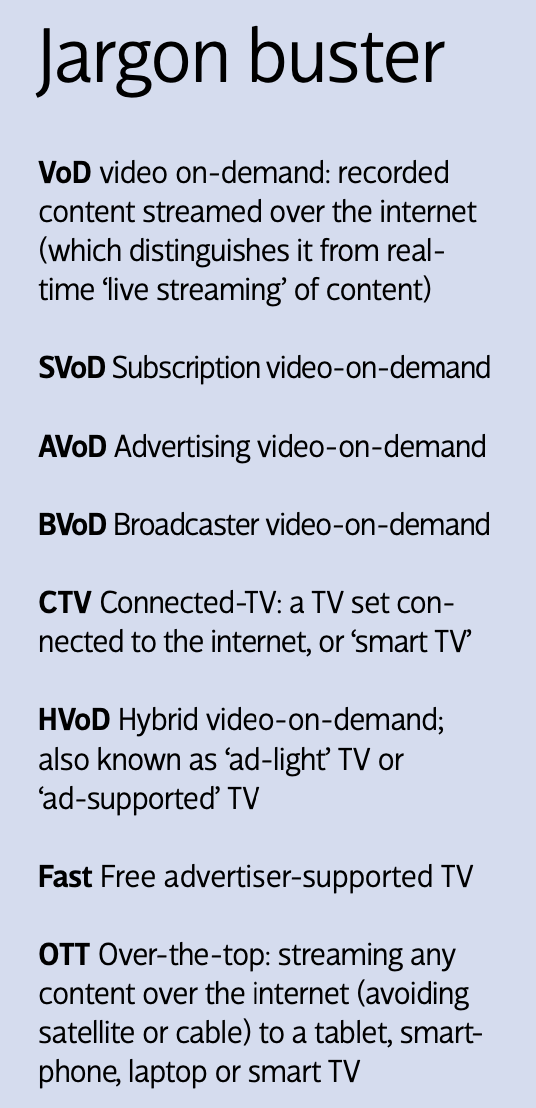 He added: “TV is just such a fantastic medium for return on investment and trust – consumers trust brands that are on TV more than any other medium.
He added: “TV is just such a fantastic medium for return on investment and trust – consumers trust brands that are on TV more than any other medium.
“Although you can get reach quite cheaply from… social media, it’s a very different type of experience… it’s a two- or three-second view. [With TV,] you’ve got 20-30 seconds to tell a story and that really does something different: you can create a connection with your audience and [get] the brand across.”
Harris argued that AVoD could help give advertisers the big audiences offered by linear-TV. He pointed to ITVX and Disney+’s new ad-supported subscription services as evidence “that, at the end of the day, advertising is always going to be needed to help fund the programming that’s made”.
Viewers, he argued, were not resistant to ads: “Consumers realise there’s no such thing as a free lunch and advertising traditionally always paved the way for the content they’re watching.”
He argued that consumers positively like adverts that are targeted at them personally: “It makes the experience better for consumers… as long as it’s not creepy and calling you by your name.… What we don’t want is crap advertising that’s not suited to us.”
Harris concluded: “On an AVoD [platform], if the experience can replicate the best of SVoD, then why wouldn’t you go to an advertising platform to watch your content? It’s not a barrier… it’s a small price to pay in terms of time spent [watching] advertising for quality stuff. The continuation of the shift to AVoD is a good thing for advertisers and a good thing for consumers’ wallets.”
Report by Matthew Bell. ‘Is AVoD the new SVoD?’ was held on 15 March in central London. It was chaired by Gideon Spanier, UK editor-in-chief of Campaign, and produced by Kate Bulkley and Julie McKeen.

